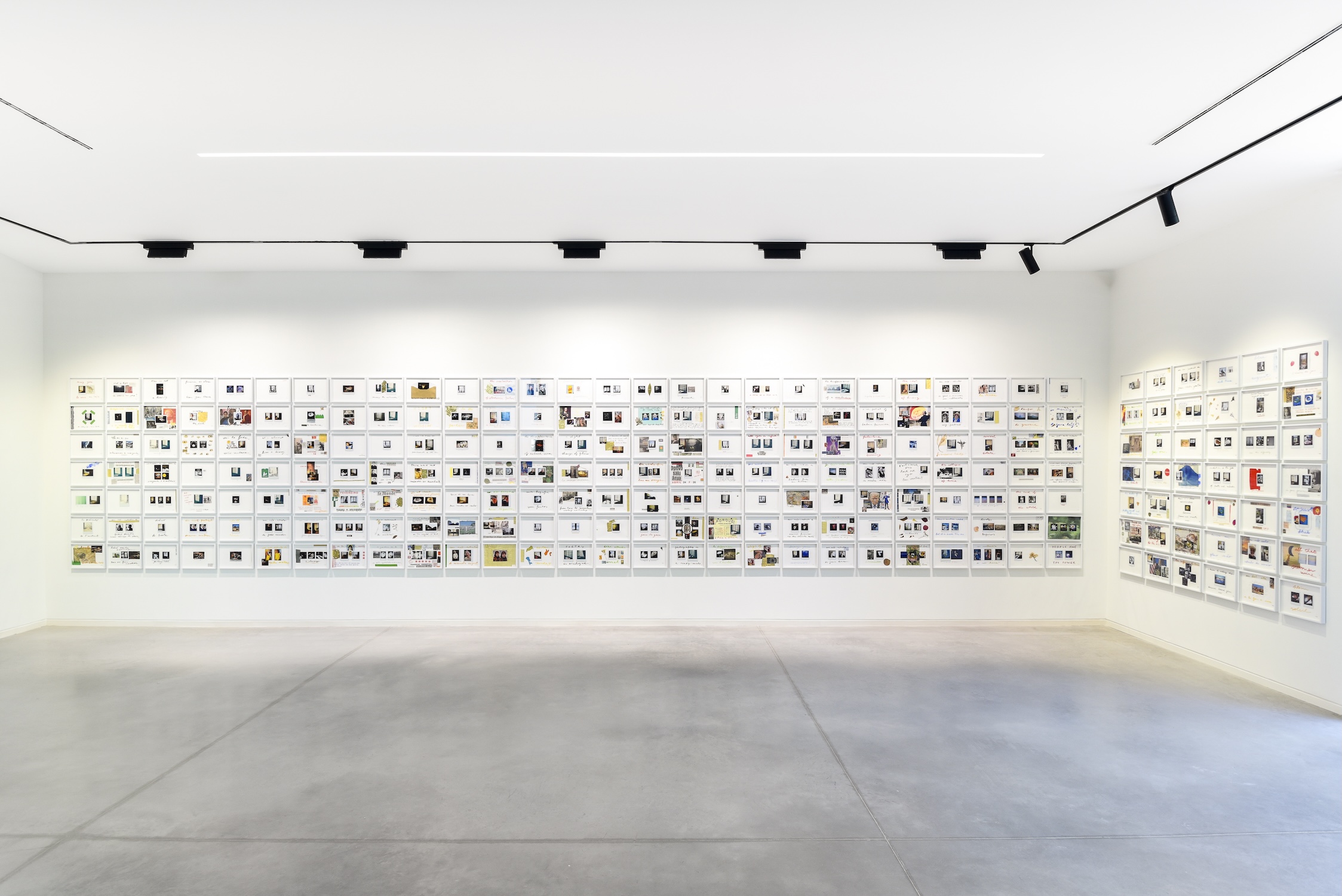

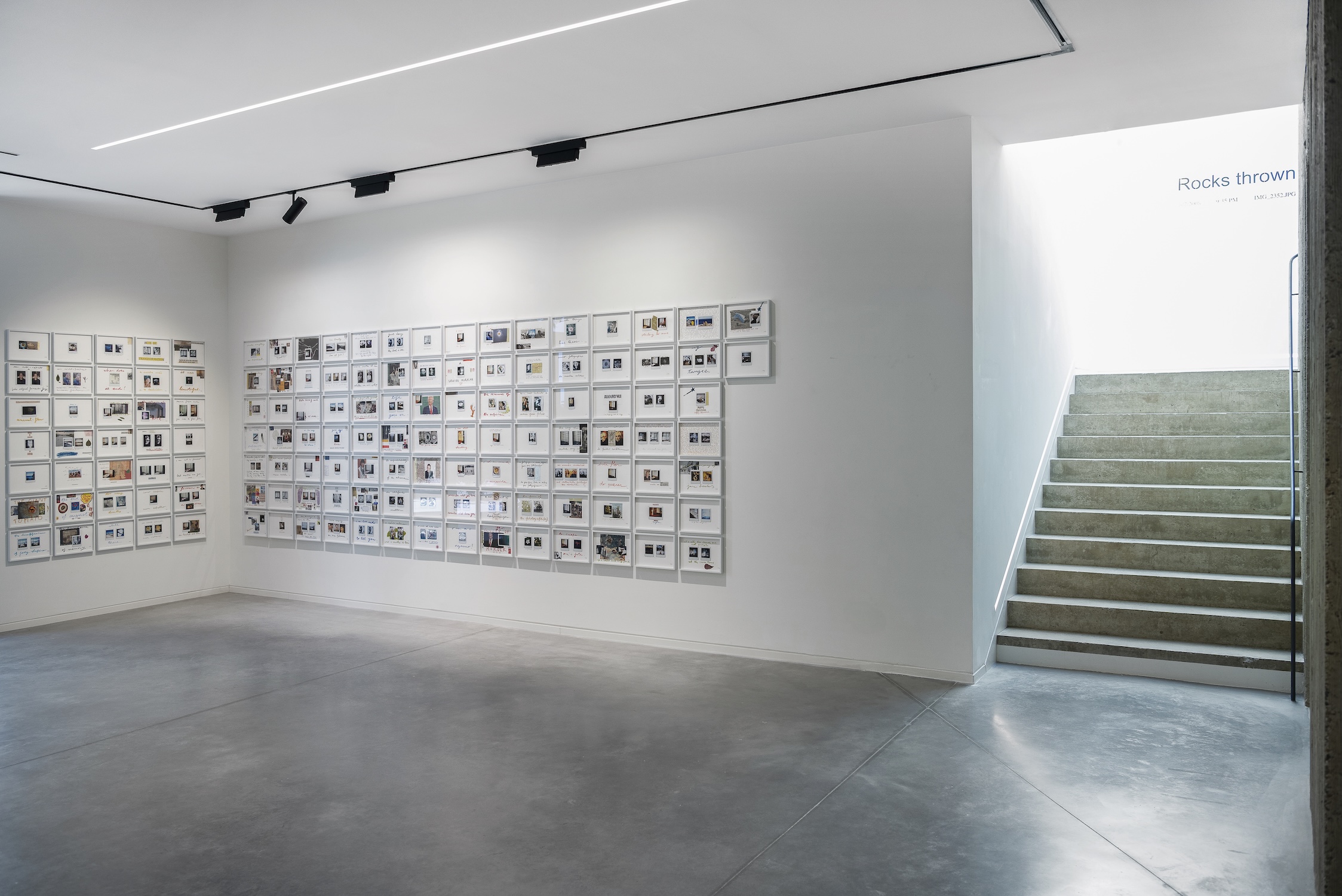
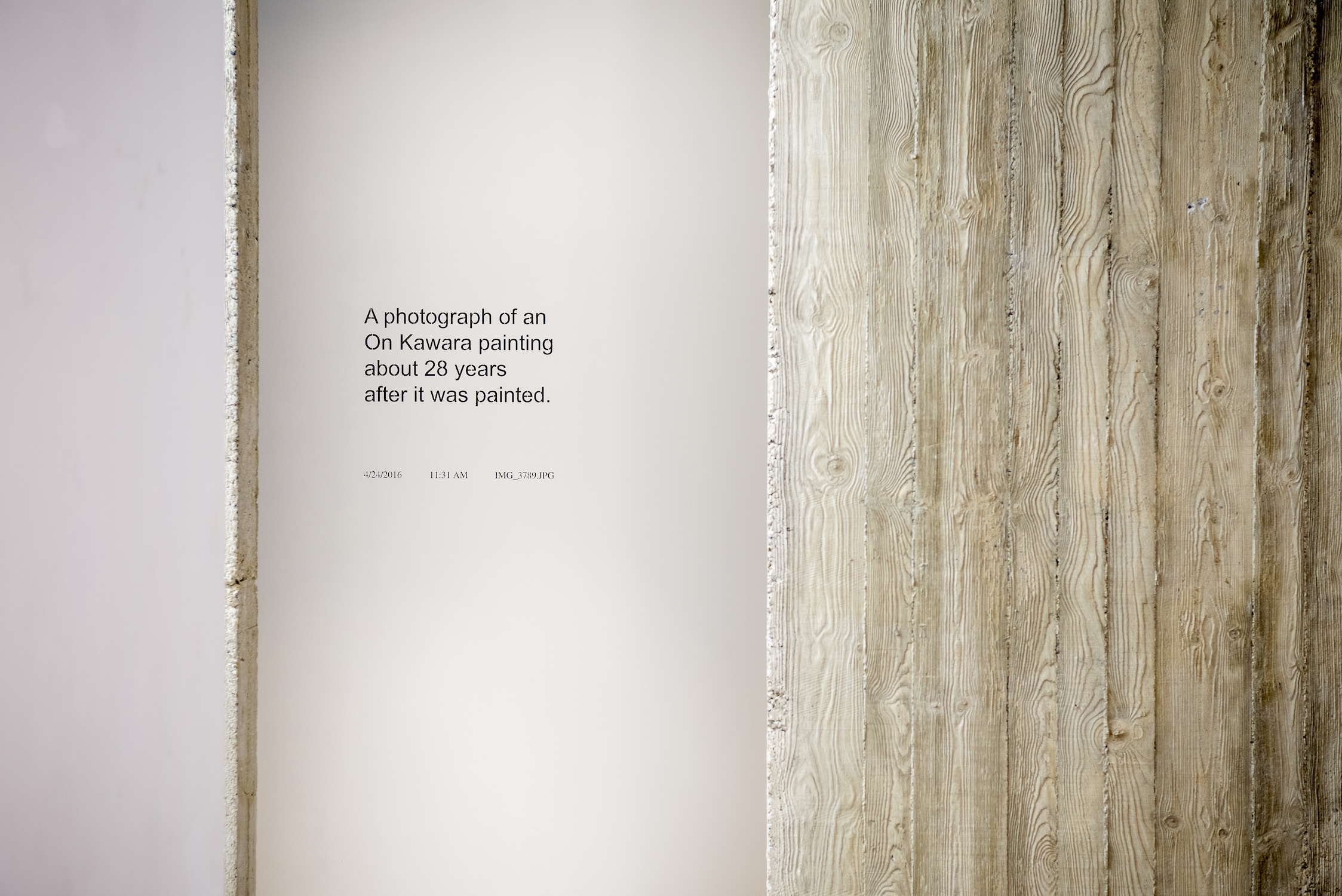

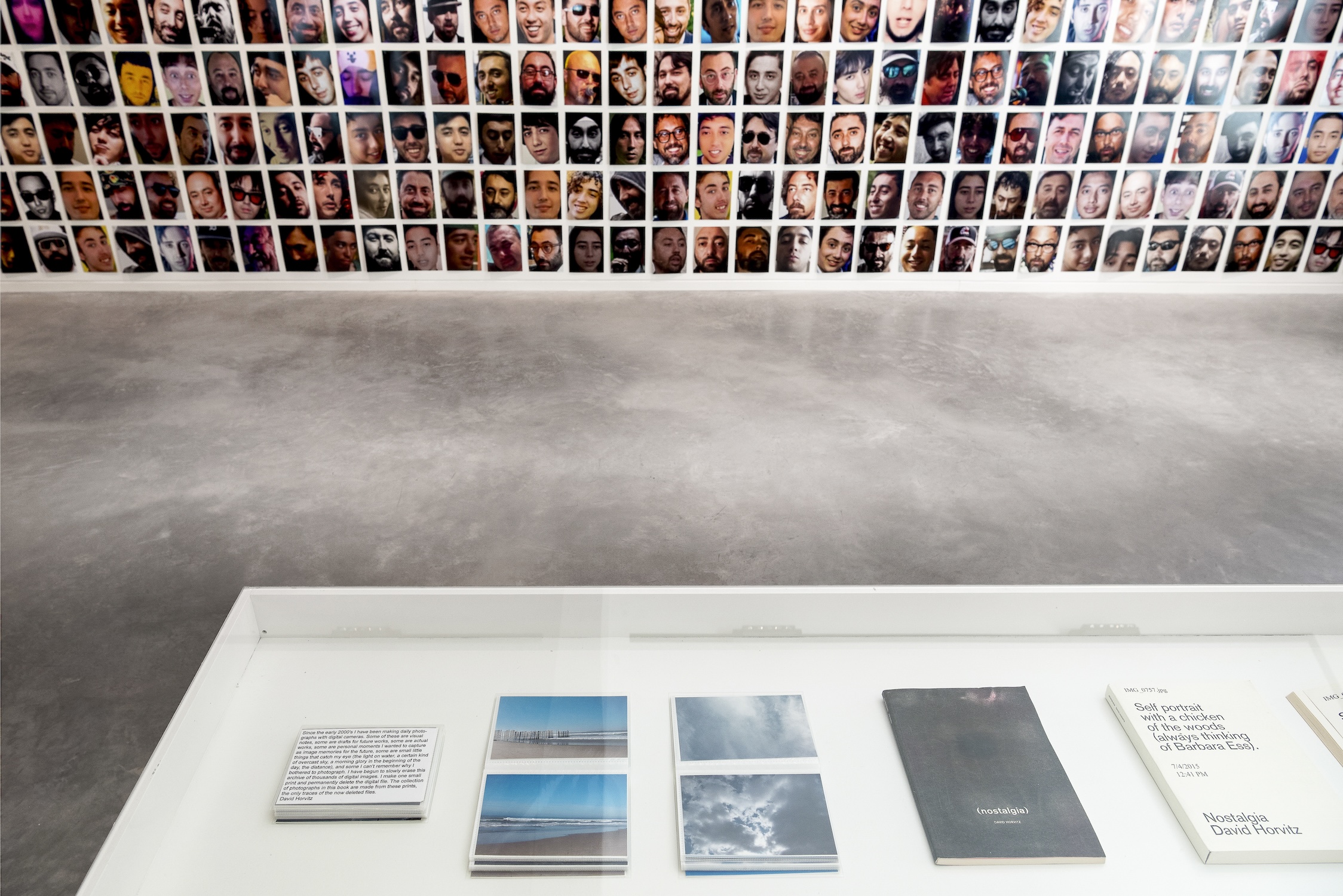
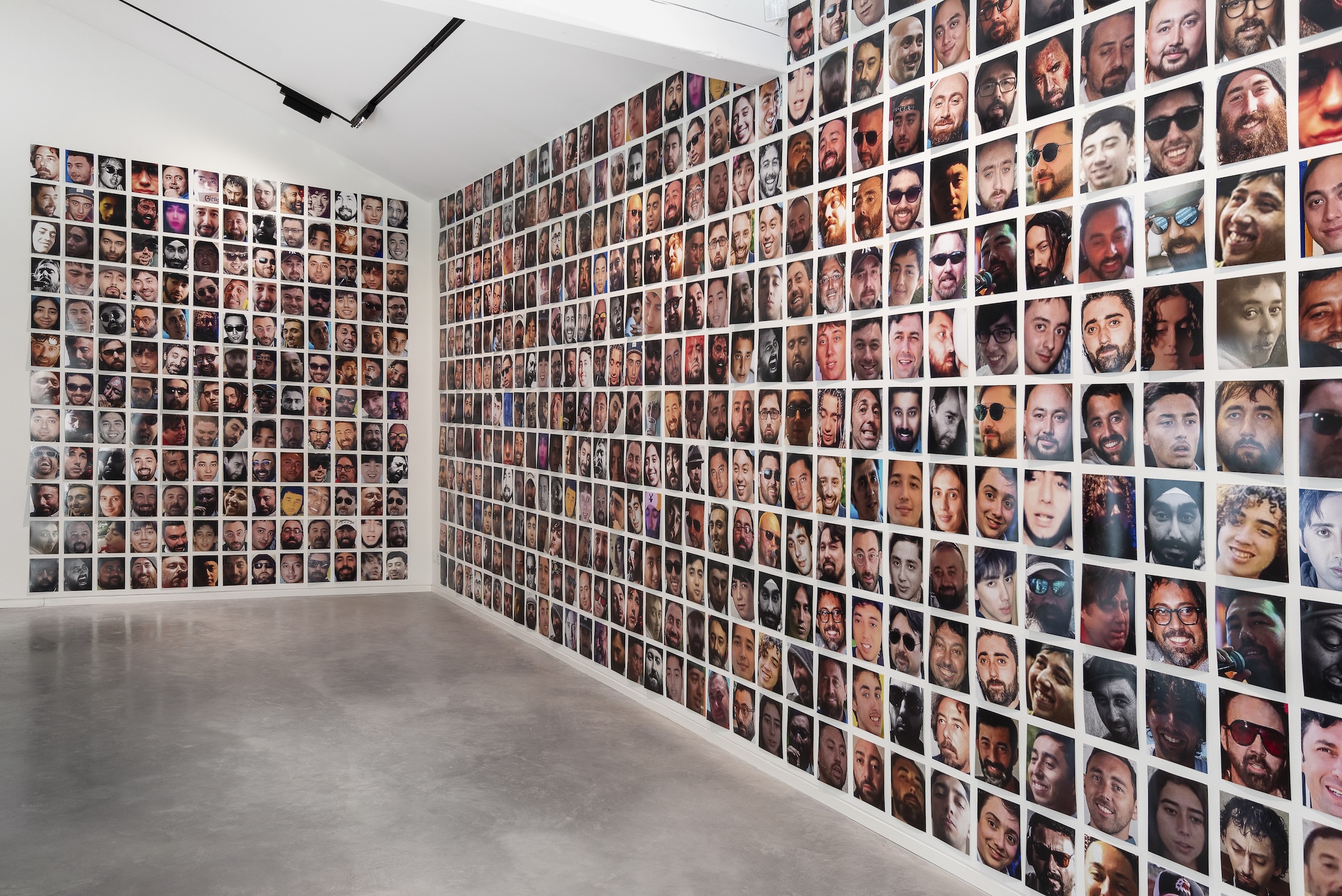
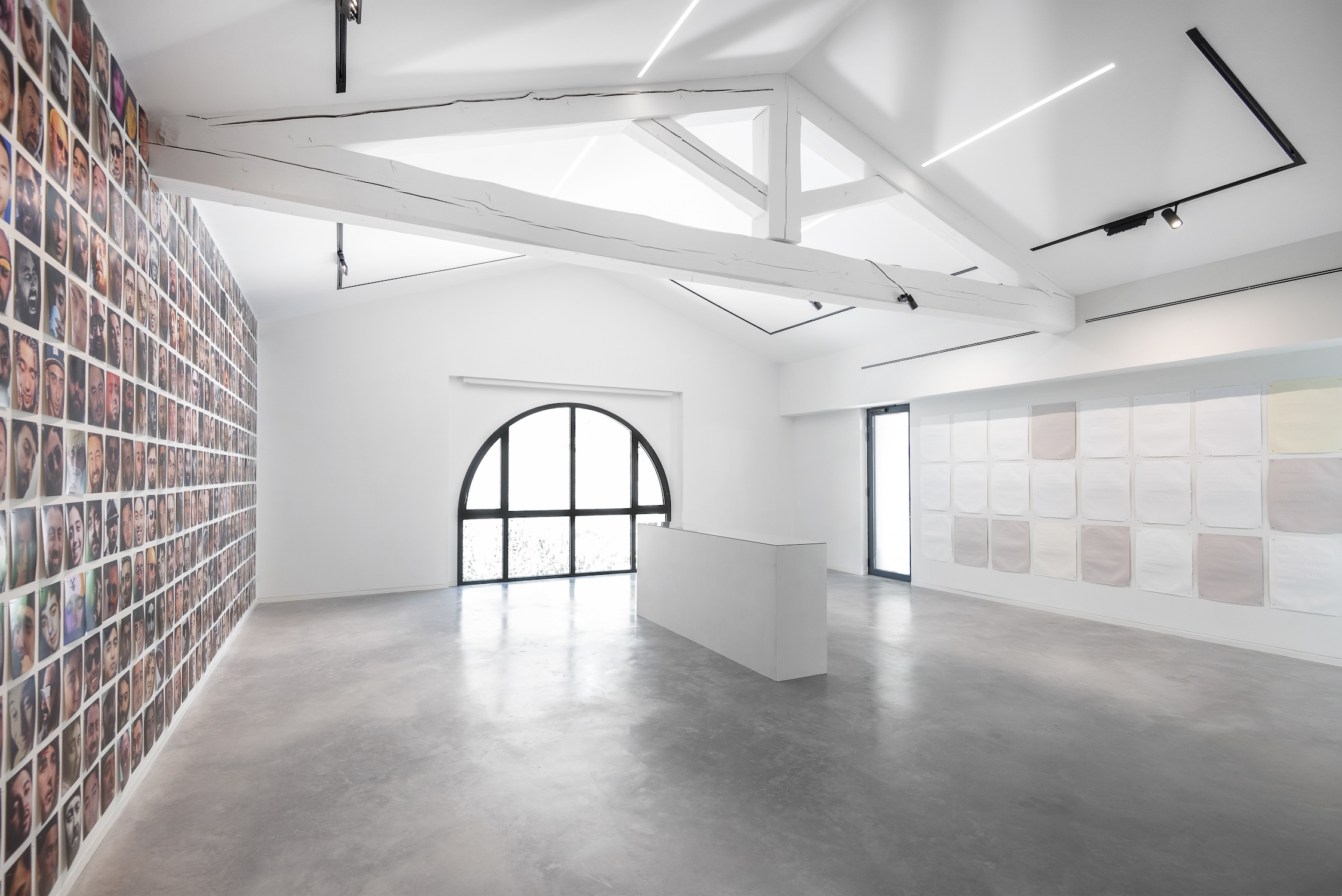
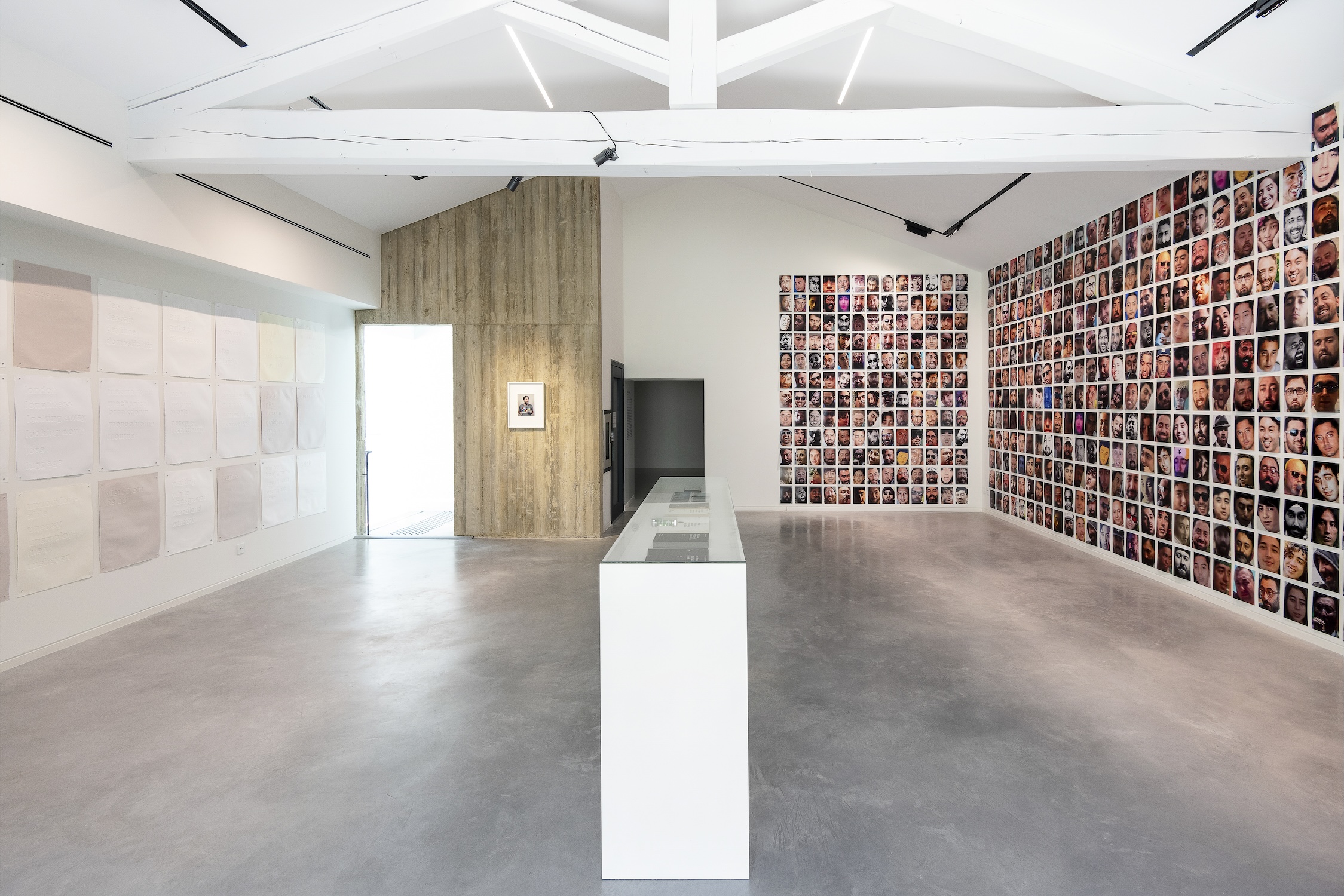
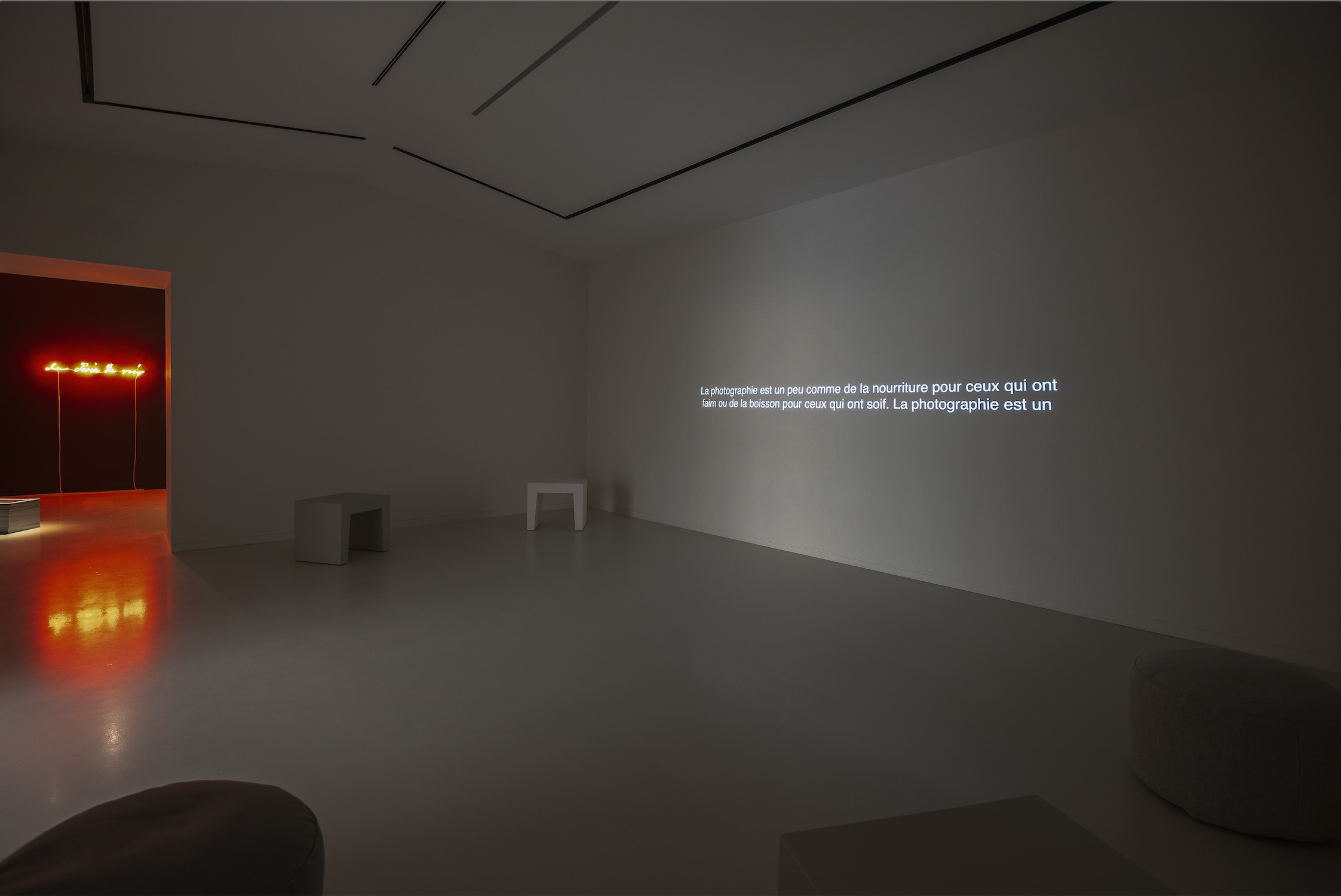
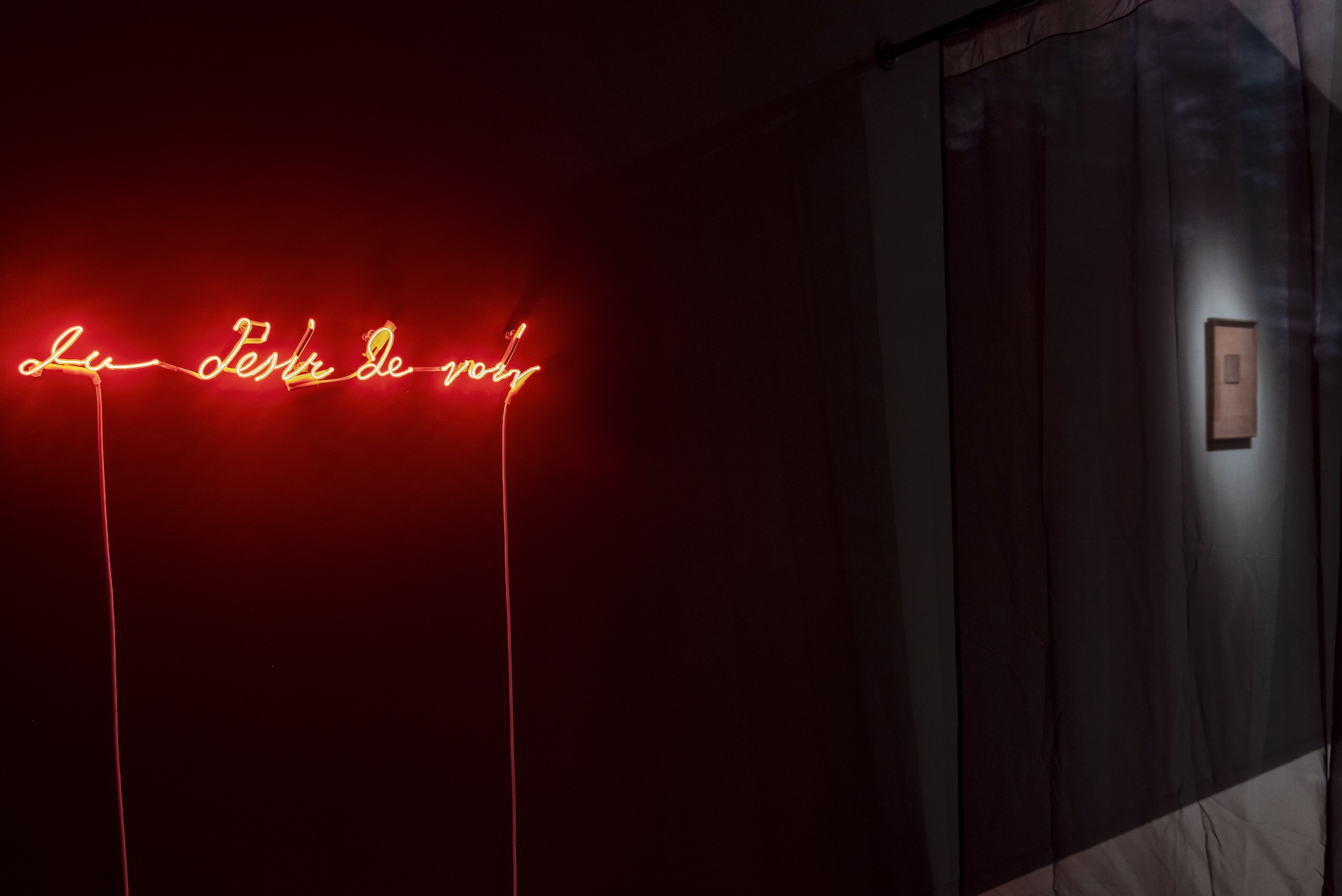
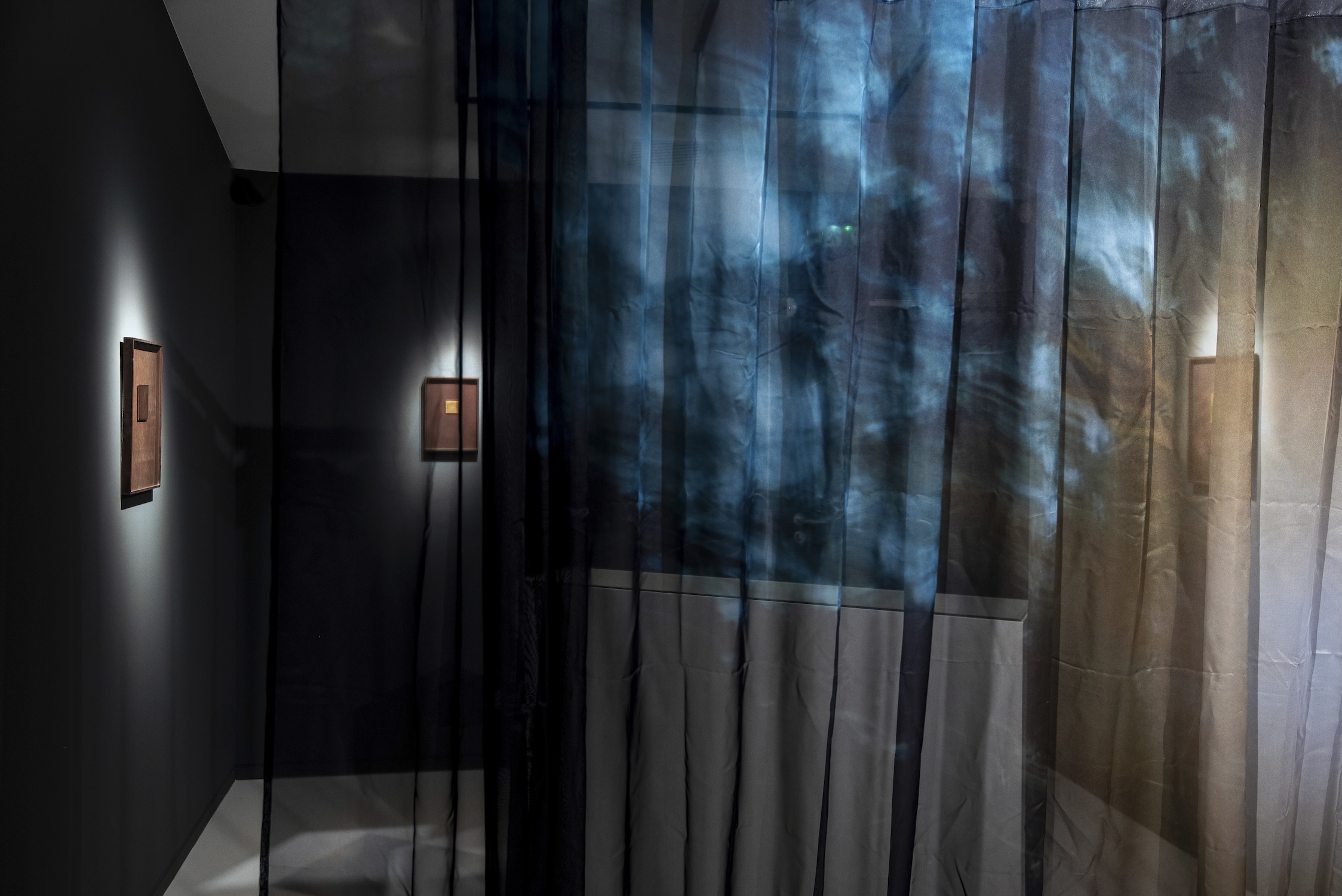
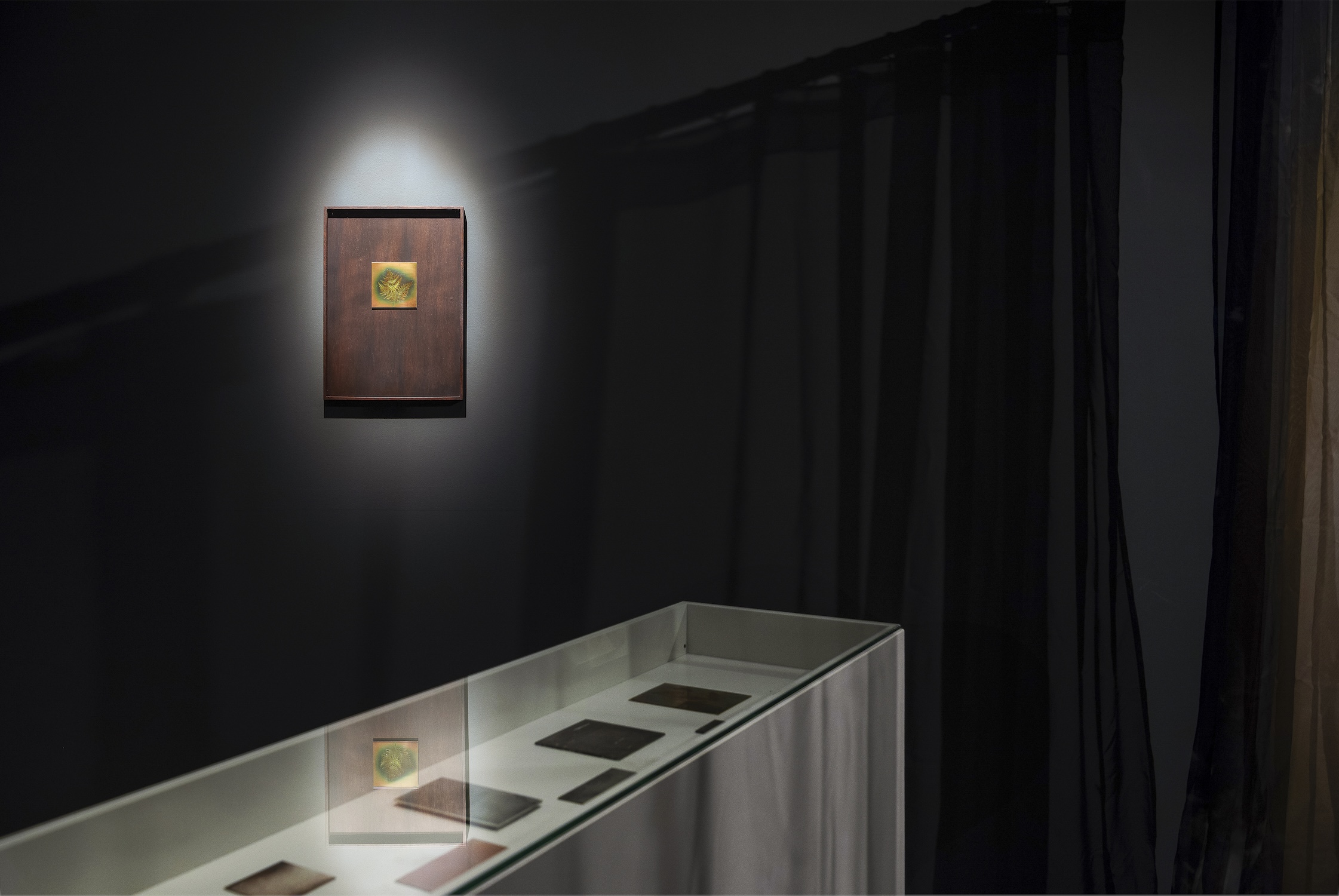
Perdre son temps
Bonisson Art Center
Bonisson Art Center
Château Bonisson
177 route des Mauvares
13840 Rognes
Opening: Saturday 28 June
Horaires: Tuesday - Sunday 1:30pm to 6:30pm
The exhibition Losing Time brings together works that invite viewers to reflect on the current state of photography: Daniel Blaufuks (b. 1963 in Lisbon, where he lives) marks his time, Mishka Henner (b. 1976 in Belgium, lives in Manchester) takes his time, David Horvitz (b. 1981 in Los Angeles, where he lives) loses himself in time, Hanako Murakami (b. 1984 in Tokyo, lives in Paris) rewinds time. Through images, texts, sounds, a scent, and a printed work offered to visitors, Losing Time explores the origins, production, and dissemination of photography at a time when it seems to overwhelm our culture. Losing Time is organized as part of the Grand Arles Express program of the 2025 Rencontres d'Arles festival, with the support of Jean-Kenta Gauthier gallery, Paris.
Since 2018, Daniel Blaufuks has undertaken a daily exercise in poetry, introspection, and meditation. Each day, on an A4 sheet of paper, he meticulously composes a work that combines instant photographs, found images, documents, and words in the languages he speaks (English, Portuguese, German, French), before numbering the page. Entitled The Days Are Numbered, this vast project resembles an imprecise diary—Blaufuks calls it a "non-diary"—at the crossroads between individual and collective memory. Losing Time includes the entire set of 366 entries from 2024, the most recent calendar year. On this occasion, the book The Days Are Numbered 2207-2573 is published by JBE & JKG Books, continuing from the 2023 volume published last year.
In 2018, faced with the overwhelming accumulation of photographs amplified by contemporary technology, David Horvitz began deleting his photographs. While selecting tens of thousands of images to delete, Horvitz saved a few hundred, describing each one in short texts before removing them. These texts, akin to prose poems that replace the lost images, include the digital filename, date, and time of capture. They have been published in the three Nostalgia books to date, presented in the exhibition alongside original wall texts.
Half Japan Boy (2024) is a self-portrait—a reinterpretation of a canonical image in the photography industry: the famous China Girl (used in cinema) or Shirley Card (in photography), a color calibration tool used by film labs to ensure correct skin tone rendering. Horvitz references both persistent racial stereotypes in the visual industry and his own mixed Japanese-American identity.
Other People (2022) is a collection of 310 digital photographs—here duplicated to flood the wall—generated using facial recognition software and Horvitz's own face to search online databases. These images are AI misidentifications of "other people"—strangers to Horvitz—leading parallel lives. The ethics of these databases is murky: they often scrape images from the internet without consent, and sell access to law enforcement for surveillance purposes.
In 2020, while the world stood still, Horvitz created 20th Century Alienation, a set of 27 works on paper listing words alphabetically. These were selected from keywords used in stock image databases to identify photographs depicting depression—a subject Horvitz had already explored in previous works, and one that seemed to embody the state of the world in 2020. These keywords appear like found poems, floating as an invisible language beneath the surface of commercial photography.
Photography Is a Durational Reading (2024) by Mishka Henner is a sound installation playing a nearly seven-hour reading of Photography Is, a text-only artist's book first self-published by Henner in 2010. This book collects more than 3,500 unique sentences beginning with "Photography is," each stripped of its original context. Extracted from publishing platforms aggregated via search engine, Henner's text becomes a manifesto that boldly extends the discourse on photography beyond conventional definitions, constructing a visual genre made entirely of words. The sound installation originates from a seven-hour performance streamed on YouTube, during which American photographer Michael David Murphy read the full book live.
In 1829, Nicéphore Niépce handwrote a short treatise titled Notice on Heliography. Heliography, or "sun-writing," was the first photographic process—a method for fixing an image onto a surface. The treatise consists of twelve pages bound in a marbled cover. Hanako Murakami's stack of prints titled Invention (after Nicéphore Niépce, Notice on Heliography, 1829) (2016), recreated for Losing Time, references this manuscript. By printing images of the front and back covers on both sides of each sheet, Murakami compresses the entire invention into the thickness of a single sheet of paper—an elliptical gesture that reminds us of the many absences in photography's history.
The large red neon sign in handwritten script originates from a historical quote. On February 3, 1828, artist and entrepreneur Louis Daguerre (1787-1851) wrote to his senior, Nicéphore Niépce (1765?1833), sharing his latest discoveries. He acknowledged the promise of Niépce's findings and closed with: "I cannot conceal from you that I am burning with desire to see your experiments from nature." With Louis Daguerre to Nicéphore Niépce, 3 February 1828 (2022), Murakami sets Daguerre's words ablaze, giving them autonomy and echoing the passionate urge to see and re-see the world—what would soon become known as photography.
Niépce's heliography required a mix of two ingredients: lavender oil and turpentine. Upon entering the exhibition space, visitors may notice the strong scent released by Air de l'image (2022), an olfactory work by Murakami that reproduces Niépce's formula. Photography's beginnings are also this smell, filling the air of Niépce's home.
On June 26, 1826 or 1827, Niépce produced View from the Window at Le Gras, the earliest known surviving photograph. Murakami reminds us that the birth of photography was already embedded in the natural surroundings of its inventor?s home. Niépce's Garden (2022) is a sheer curtain that lets in light and bears a photograph of the sun shining through the trees around Le Gras.
Displayed on the walls are three works titled Possibility (Thermography) and created using an image reproduction technique that relies on heat rather than light. Developed in the 1840s by the German physicist Ludwig Moser (1805?1880), thermography—of which only a single treatise remains—was quickly eclipsed by the rise of the daguerreotype. Hanako Murakami revives this process to compose her own herbarium.
"By exploring early photographic processes, I discover what photography might have been—unrealized scenarios," says Hanako Murakami, whose work resembles an archaeology of photography: a study of the medium?s prehistory, which involves numerous actors and a multitude of methods. Behind the curtain, The Field of Possibilities (2022) presents a snapshot of the origins: housed in a display case, a series of reproduction attempts on metal, paper, and stone becomes a sculptural record of the different forms photography could have taken.